During the George Floyd protests, we saw a fundamental shift in how people use Instagram. Pithy memes turned to sprawling dissertations, sexy selfies became black squares, and all the labradoodle cosplayers took the day off.
For a brief moment, Instagram stopped being a display-case for our bourgeois affectations. Overnight, it transformed into a platform for people to stand up, voice their opinion, and, most importantly: share real, actionable information with the world. Like Twitter but for the popular kids.
And maybe because of all this performative moral rectitude, it threw the greasiness of Instagram in stark relief.
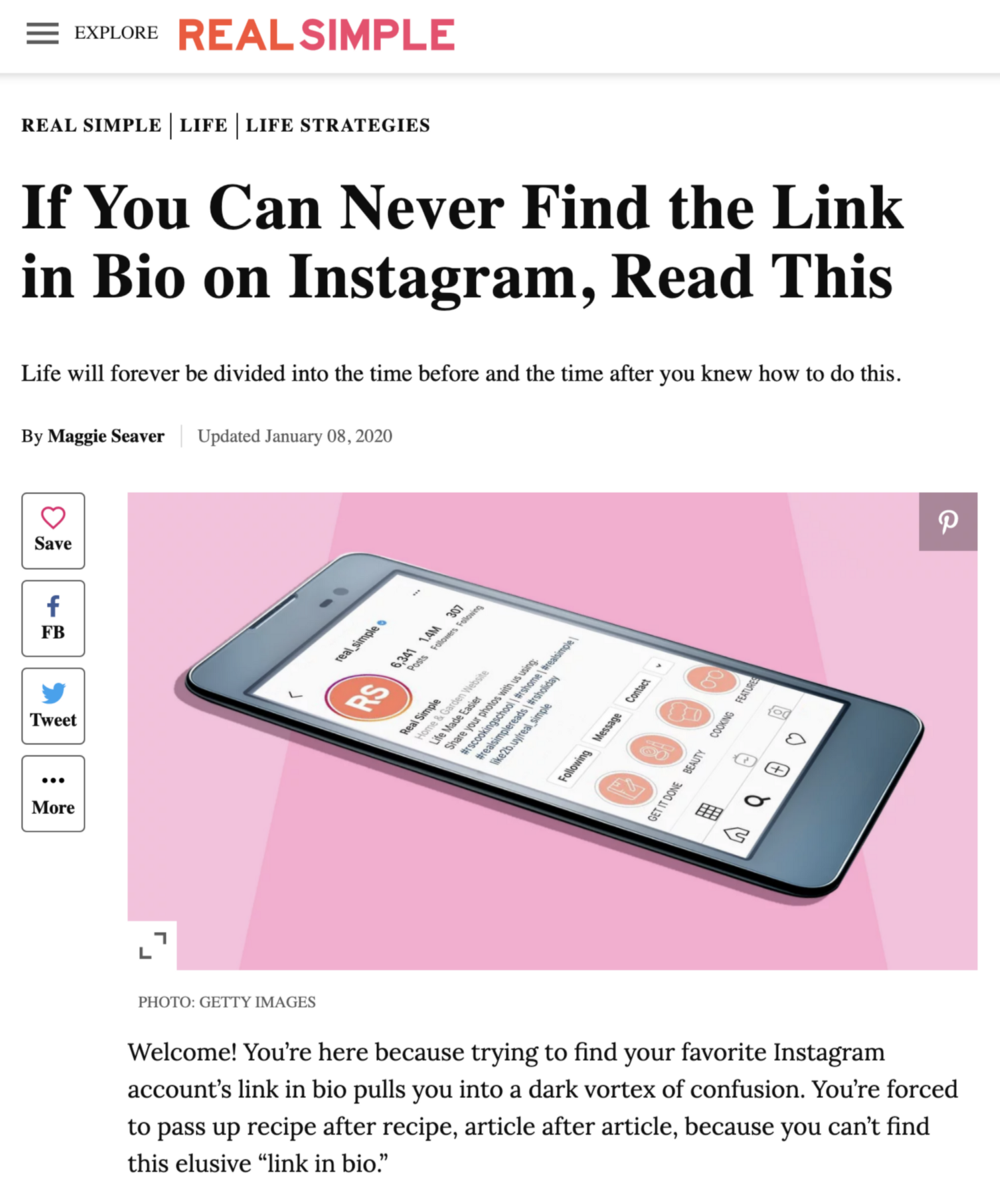
Why’s it so hard to link out of Instagram?
Case in point: the smothering of outbound links everywhere on the app. You can’t share outside sources. You can’t leave. Even the NYTimes is forced to use that janky “link in bio” sleight-of-hand after an Instagram post, the design equivalent of posting a hand-written sign on a storefront that says, “To see inventory, go around back. (Our landlord doesn’t want us competing with his sidewalk wares)”
And granted, in the scrappy early days of a social media startup, this strategy makes sense. Why help people leave your app? Even now, some Facebook data scientist has run the numbers on how outbound links would lead to X increase in bounce rate, leading to X decrease in ad revenue, etc. In the world of growth-at-all-costs, this all makes sense. In the same way that Apple imbued distrust in Green texts to discriminate against Android users, Instagram instructs us that continuous, uninterrupted scrolling is the best way to consume content. To design outbound links between Social Media apps — like enabling easy communication between mobile OS’s — is to create breaches in the moat, leaks in the profit silo.
But still, brand counts for something in this woke new world, and it’s not a unique view in tech to say Facebook is the creepiest of the FAANGs.
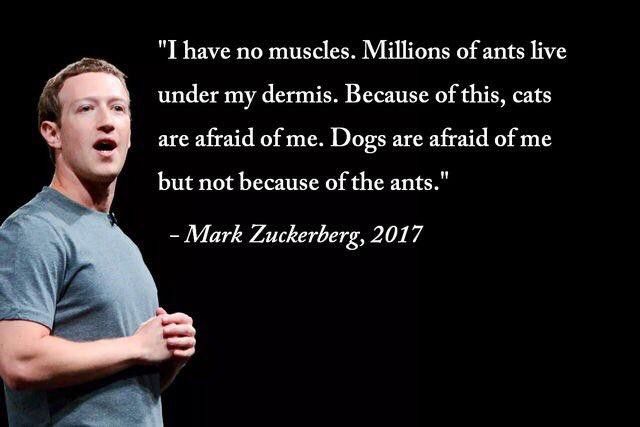
Some light numbers. Instagram brought in $20 billon in ad revenue in 2019, which accounts for more than 25% of Facebook’s yearly revenue. To give you perspective, Youtube generated $15 billion in ad revenue that same year (10% of Google’s total). But unlike Youtube, Instagram has never shared any of its ad revenue with creators. It’s only under the pressure of Covid-19 that they’ve started experimenting with giving select influencers a share of IGTV money through sponsorship and stickers.
But for every pro-human push for connection, Zuck’s products exert a reciprocal pull at our social angst for profit. A more efficient, data-driven approach to advertising’s worst impulse: “to create an anxiety relievable by purchase.”
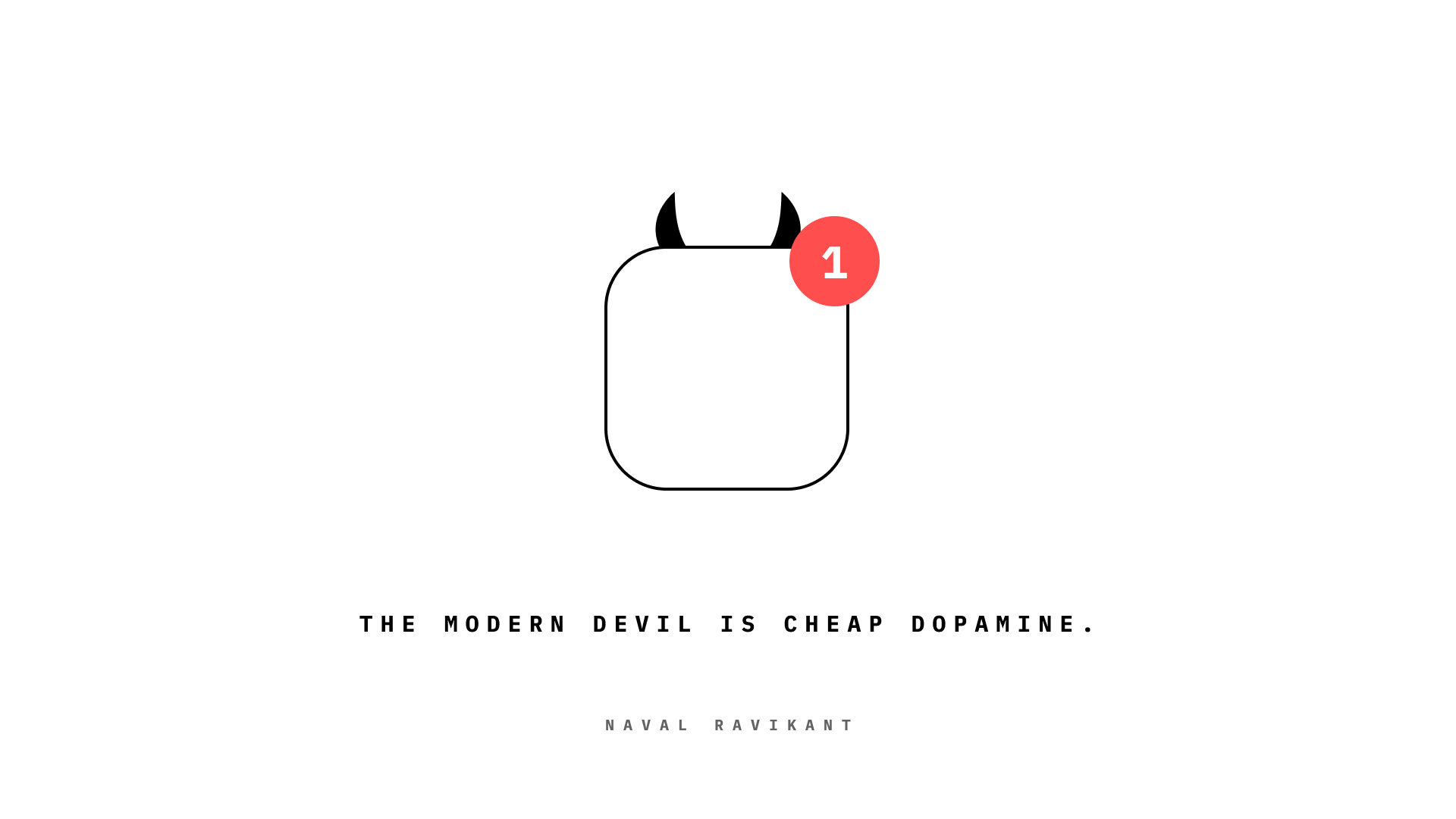
Sure, the models are different: whereas Youtube has content we seek out (Searching for a Rihanna music video). Instagram’s model relies on serendipity in times of boredom (Scrolling through and happening upon a video of Rihanna). This makes pre-roll ads with a rev-share model more practical on Youtube. Whereas Instagram’s money-making apparatus is wrapped up in the “Influencer Economy,” which I’m still convinced nobody understands.
Less silos, more niches
In contrast, platforms like Twitch and Substack show a more sensible, not to mention noble, path for social media cost-structures. As a user, if you want something for free, you may get ads. But if you pay a little extra, you get an ad-free bundle of content from creators who share your interests and share in the profits. Pay even more—and more specifically, for individuals—and you get special access to that individual’s premium content. The more platforms we have for this, the better. The more direct-to-creator niches we have, sans-middlemen, the more integrity those relationships carry. As I’ve written elsewhere, Twitch has pioneered this space in lots of unexpected ways.
Instagram confounds us because it blurs the lines between people, brands, companies, creators, curators, editors, and influencers. (Could there be an opportunity for unbundling here?) Right now they’re all in the same amorphous blob of Content. All equally flattened under the design paradigm of “stuff you scroll through when hungover on the couch.”
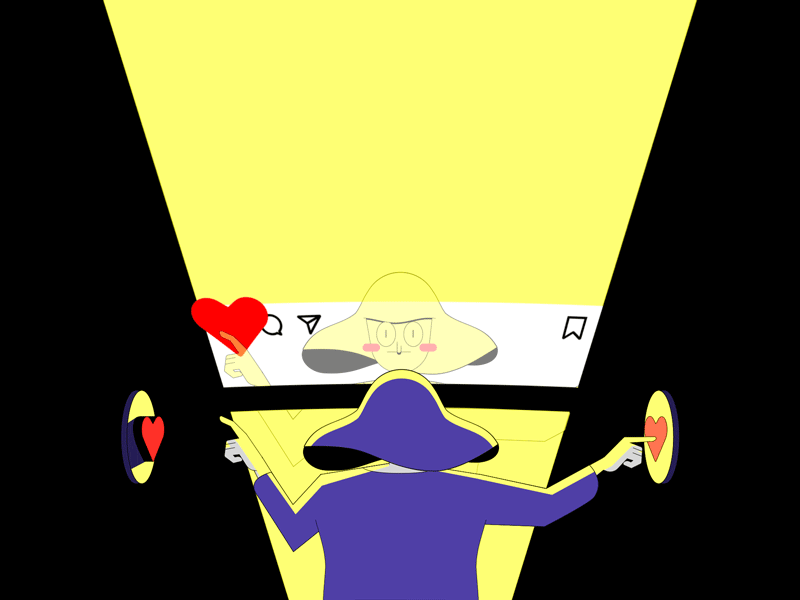
And the problem with the market of lazy, time-killing entertainment is that
Instagram knows this, and they will continue to leverage their position as landlord of the mobile attention space. They’ve essentially scaled the model of “We won’t pay you with money, but the exposure will be great for you.”
There's something of the Motown media mogul in all this. Paying young black musicians a penny to sing into their can, while slyly pocketing the rights to their IP gold mine for years to come.
For the most part, we’ve been fine with this because whatever, it’s just pictures of brunch. But now social media has gotten more dire. And now it seems that Facebook/Instagram has crossed a threshold into that rare type of company that everyone despises but still uses. Comcast, Juul, Uber, etc. We hate how much we love them. And my question is: when you get to that point as a company, does it not seem like a good idea to call off the attack dogs? You have the upper hand. You’ve won. Now’s the time to show some good will and give your brand that fresh moral sheen which is so fashionable these days. The latest BLM protest would’ve been a great time to show some backbone. A great pivot, in fact, to turn their brand away from narcissistic lifestyle porn—which is well past its sell-by date—and instead work harder at the mission of “connecting people.” Their supposed ethos.
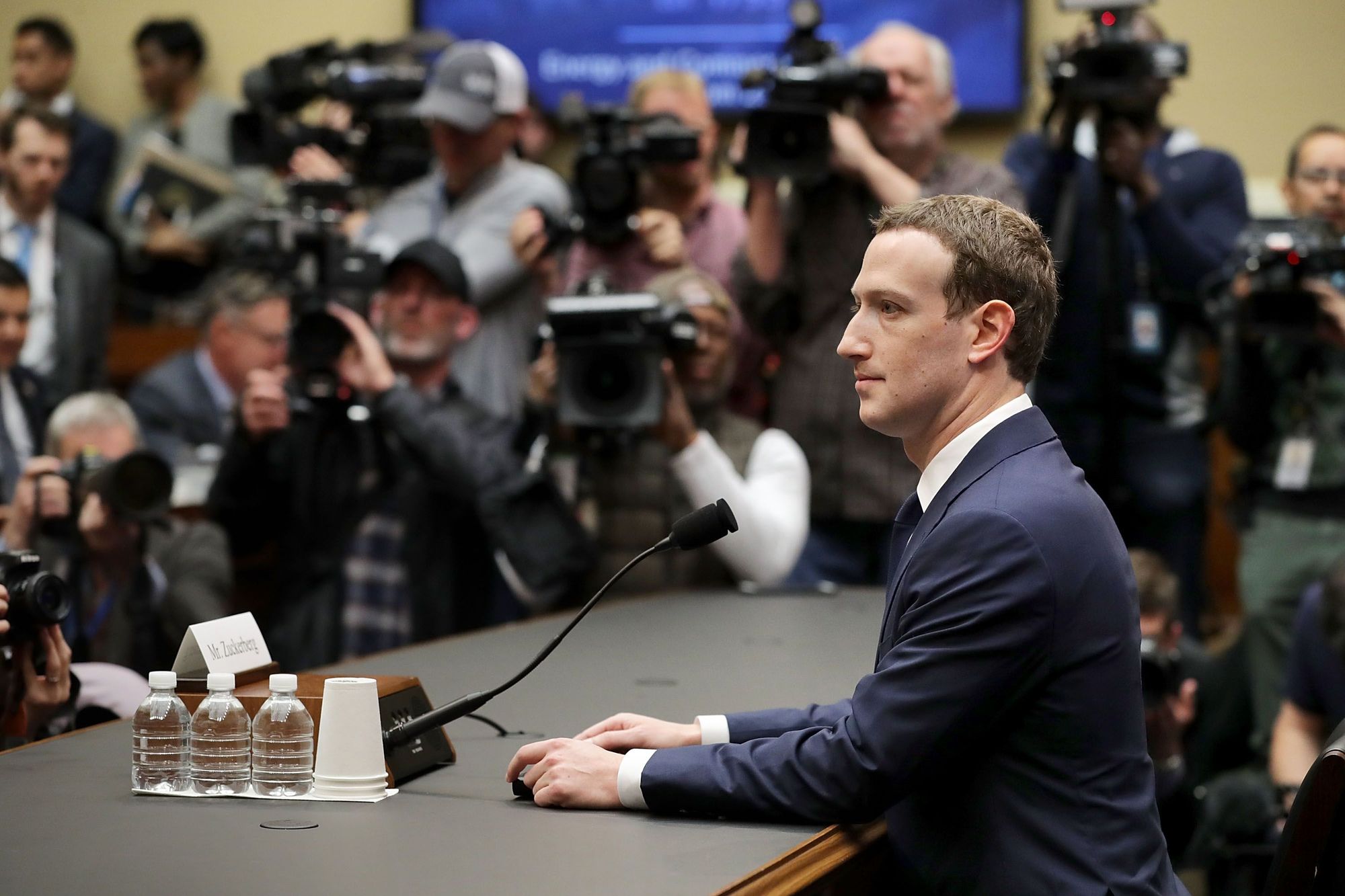
How you connect people matters
Zuckerberg has always left us with unfalsifiable platitudes about “giving everyone a voice” and being a “net positive” for the world. His latest stance on Trump censorship is problematic but defensible. But for every pro-human push for connection, his products exert a reciprocal pull at our social anxieties for profit. A more efficient, data-driven approach to advertising’s worst impulse: “to create an anxiety relievable by purchase.”
Let’s return back to the outbound links example. The true free-speech stance — something that even Chinese-run Tik-Tok can get behind — is to treat links in the same way as the rest of the internet. Insert link. Done. But Instagram refuses our most basic connecting block of the hyperlink. Instead they allow them only in select places as the unique privilege of check-marked users.
And the why is obvious. To keep people locked in the scroll-vortex and to give the unchecked masses something to aspire to. It’s not even subtle. We know what they’re doing, dangling that check-marked carrot to drive engagement with the product. And we do it. We play into the game, chasing the two-headed dragon of social media distraction and approval.
It’s not that Instagram is evil for doing this. They do what it takes to stay competitive. It only gets problematic when people use these tools for moral and political impact. When iPhone cameras become weapons for social change, and the same platforms we use for silly memes become the de facto mediators for real human issues. That’s when users start to see the hypocrisy that’s unavoidable when a private company is expected to behave like a public good.
Image credit:
First picture: Gordon Parks
Second picture: Hollow Peach
Last picture: Creator: Chip Somodevilla, Chip Somodevilla | Credit: Getty ImagesCopyright: 2018 Getty Images
Animated gif: Tony Holz
Read something else


